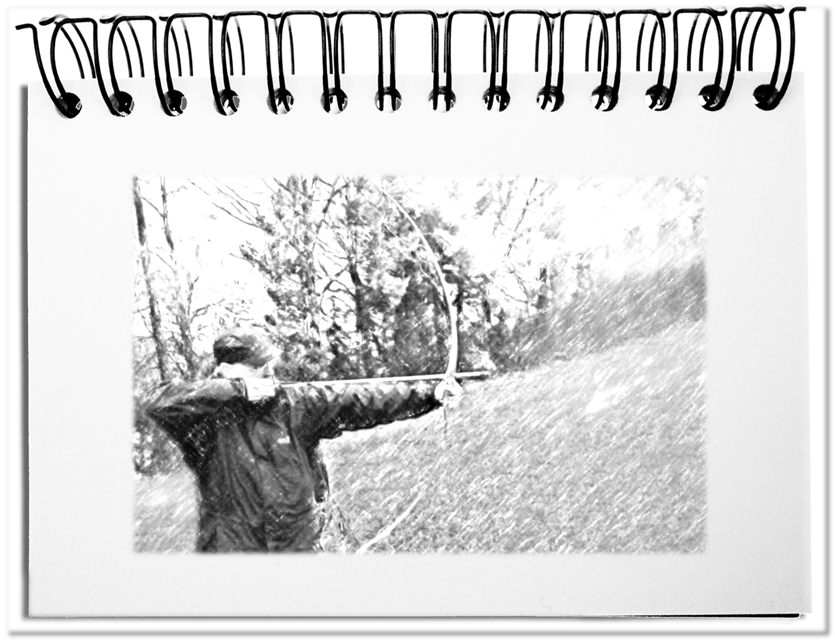Changes are complex procedures that are differentiated by the strength, the duration and the frequency. The sliding transitions from one state to the next are mostly not distinct. The actual quantum leap happens on microscopic level, not visible for the human eye. In order to be aware of the changes and their procedure, doors offer a tangible example. The door – the ideal metaphor for change.
The mental connection between doors and changes show the following examples.
- In front of the door
The area in front of the door symbolizes the phase before the change. You are in front of one or more doors and you have to decide, through which one you should go. At this moment you can only assume, what you find behind the different doors. Thus, a decision with uncertainty takes place. Questions that jump to your mind are: Is the new better than the existent? Which door promises the most? What do you leave behind? Can I go back? Do you have to select a door at all?
In business, you have to be aware of the current situation and develop scenarios for the different prospects. It means that you have to take care of the change, before it actually begins. - Within the door
Depending on the thickness of the door frame, you are in the door for a more or less long time. If it is a thin wall, you cope this phase unnoticed. However, the door frame can also be very thick. In extreme cases, it becomes a tunnel, in which you are for a long time. It takes very long until you come out on the other side. During the transition you are in an undefined condition – no more in the old, but not yet in the new. Meanwhile you ask yourself: Did I select the right door? What happens, as long as I am not on the other side? Can I turn and go back within the door frame?
In business, some changes happen quite fast and others take weeks, months sometimes years. In this case, the old has to be kept running and at the same time the new has to be prepared without clear Governance. - After the door
As soon as you passed the door, you are on the other side. The change is accomplished and you recognize slowly, what you committed for. This creates relief. At the same time, you recognize sooner or later that after the door is before the door – again many doors, from which you must select one. With a positive attitude the curious discovery of the new situation begins. You can get the following questions: Was it the right door? Does the result correspond to my expectations? What do I get? How does it feel, to have given up some things? Should I go back?
In business, you harvest the expected benefit after the door and consolidate the new situation. Thus, the new is the valid reality.
As we are encountering within a day on innumerable doors that we pass thoughtlessly, we are facing incessantly extensive, business decisions. We cross most doors unnoticed, since we are not aware of the consequences. Others bring us to a stop, to consider, because we notice that the next steps result in large changes.
Bottom line: If we imagine a change as a door, we can answer consciously the questions, what should be done in front of the door, during the transition and after the door. All involved people should be clear that it is not about the actual change, but about the right preparation, the fast realization and the follow-up. That makes doors ideal metaphors for changes.


